Spice Up Your Life: A Chili-Infused Journey Through Global Adobo Traditions
Table of Contents
- Introduction to Adobo and Chili
- Global Adobo Traditions
- Practical Tips for Cooking with Chili in Adobo
- Buying Guide: Choosing the Best Chili for Adobo
- Conclusion
Introduction to Adobo and Chili
Adobo is a beloved cooking technique that has roots in many cultures around the world. While it's most famously associated with Filipino cuisine, similar methods of marinating and slow-cooking meats or vegetables have been used for centuries in Latin America, the Middle East, and beyond. What makes adobo so unique is its reliance on bold, aromatic spices—particularly chili—which gives it a fiery kick and deep flavor.
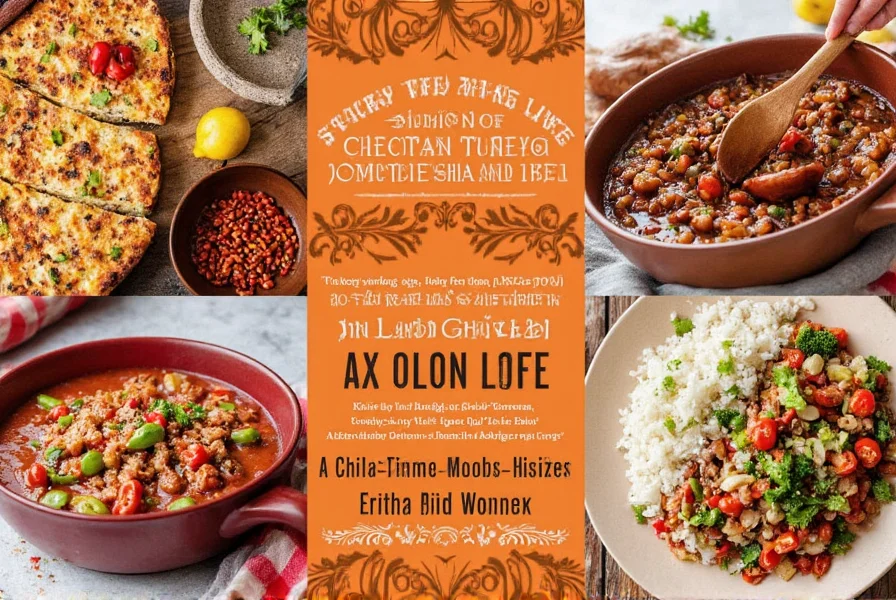
The use of chili in adobo isn't just about heat; it's about depth, complexity, and tradition. From the smoky ancho chilies of Mexico to the fiery bird’s eye chilies of Southeast Asia, each region adds its own twist to this spice-driven dish. In this article, we’ll explore how chili plays a central role in adobo across the globe, share practical tips for using it in your kitchen, and guide you through choosing the best chili for your next adobo adventure.
Global Adobo Traditions
While adobo may be a term most closely linked with Filipino cuisine, the concept of marinating food in a mixture of spices, vinegar, and oil is a universal one. Let’s take a look at how different cultures incorporate chili into their version of adobo:
Mexican Adobo
Mexican adobo is more than just a marinade—it's a sauce made from dried chilies, garlic, vinegar, and spices. It's commonly used to season meats like pork or chicken before grilling or roasting. The chili in adobo here can range from mild to extremely hot, depending on the type of chili used. Popular choices include guajillo, ancho, and chipotle chilies.

Filipino Adobo
Filipino adobo is typically made with chicken or pork, soy sauce, vinegar, garlic, and black pepper. While traditional recipes don’t always include fresh chili, some variations do. For example, in the Visayas region, they might add a few slices of green chili for extra heat. This version of adobo is known for its balance of sweet, sour, and salty flavors, with the chili adding a subtle warmth.

Latin American Adobo
In countries like Peru, Colombia, and Argentina, adobo is often a dry seasoning blend used to flavor grilled meats. Chilies are a key ingredient, and the level of spiciness varies by region. Some recipes use ground chili powder, while others rely on fresh chilies like habanero or serrano.

South Asian Adobo
Although not called adobo in South Asia, the concept of marinating meat with spices and vinegar is common in Indian and Pakistani cuisines. Dishes like tandoori and seekh kebab use chili as a core ingredient. The chili in adobo here is usually paired with cumin, coriander, and garam masala, creating a complex and spicy flavor profile.
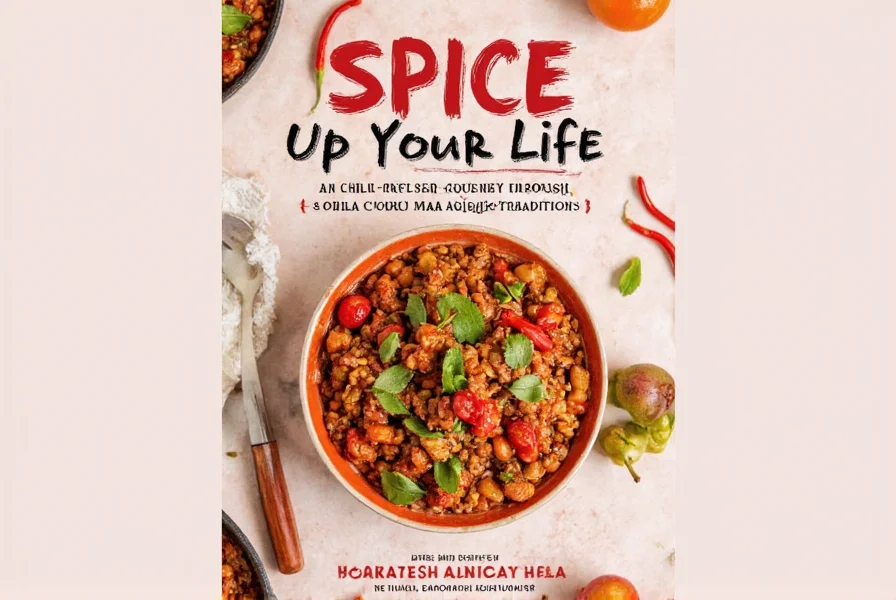
Practical Tips for Cooking with Chili in Adobo
If you're new to working with chili in adobo, here are some helpful tips to keep in mind:
Tip 1: Choose the Right Chili
The type of chili you use will determine the flavor and heat level of your adobo. Here’s a quick reference:
| Chili Type | Heat Level (Scoville) | Flavor Profile |
|---|---|---|
| Guajillo | 2,500–5,000 | Earthy, tangy, slightly sweet |
| Ancho | 1,000–1,500 | Smoky, sweet, mild |
| Chipotle | 2,500–8,000 | Smoky, spicy, slightly sweet |
| Habanero | 100,000–350,000 | Very hot, fruity, floral |
| Bird’s Eye | 50,000–100,000 | Sharp, intense, citrusy |
Use milder chilies if you want a more balanced flavor, and go for hotter varieties if you’re looking for a real kick.
Tip 2: Adjust the Heat Gradually
When using chili in adobo, start with a small amount and taste as you go. You can always add more, but you can’t take it out once it’s in. If you’re unsure about the heat, try using a combination of mild and medium chilies to create a layered flavor without overwhelming your palate.

Tip 3: Toast or Roast the Chilies
For maximum flavor, consider toasting or roasting your chilies before using them in adobo. This enhances their natural sweetness and smokiness. Simply place the chilies on a baking sheet and roast them in the oven at 350°F (175°C) until they become fragrant and slightly charred.
Tip 4: Use Fresh vs. Dried Chilies
Both fresh and dried chilies have their advantages. Fresh chilies offer a bright, vibrant flavor, while dried chilies bring a deeper, more concentrated taste. Depending on the recipe, you can use either or both for a more complex flavor.
Buying Guide: Choosing the Best Chili for Adobo
If you're serious about cooking with chili in adobo, choosing the right chili is essential. Here’s a detailed buying guide to help you make the best choice:
1. Guajillo Chili
Features: Medium-sized, red, wrinkled chilies with a rich, earthy flavor.
Advantages: Offers a good balance of heat and flavor, making it ideal for adobo sauces and marinades.
Use Cases: Great for Mexican adobo, stews, and slow-cooked dishes.
Target Audience: Home cooks who enjoy a mild to medium level of heat.
Suitable Occasions: Weeknight dinners, family meals, or casual gatherings.
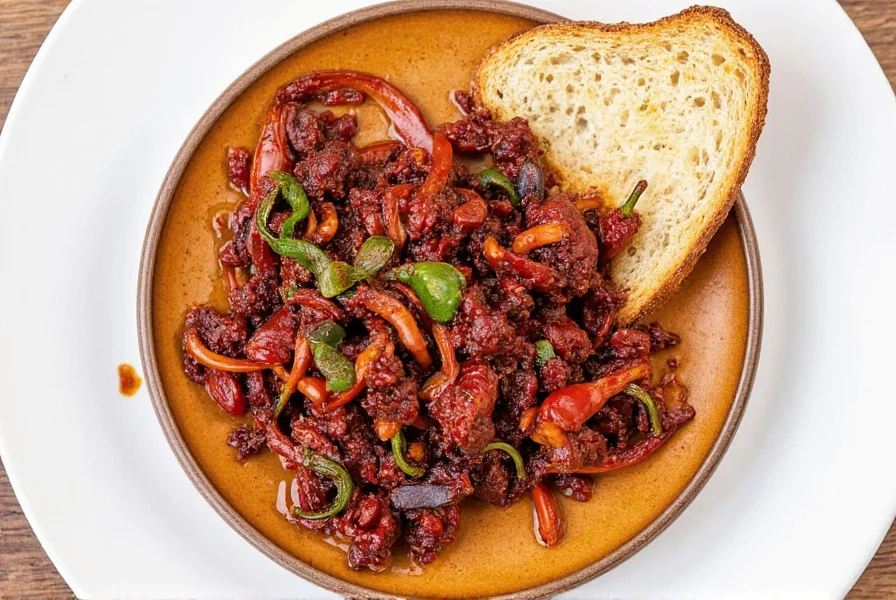
2. Ancho Chili
Features: Large, dark red chilies with a sweet and smoky flavor.
Advantages: Adds depth and a gentle heat, perfect for those who prefer a milder spice.
Use Cases: Ideal for adobo sauces, enchiladas, and Mexican-style stews.
Target Audience: Those who enjoy a more nuanced, less aggressive spice profile.
Suitable Occasions: Dinner parties, holiday meals, or everyday cooking.

3. Chipotle Chili
Features: Smoked, dried jalapeños with a bold, smoky flavor.
Advantages: Provides a strong, smoky heat that enhances the depth of adobo.
Use Cases: Perfect for adobo sauces, barbecue rubs, and spicy salsas.
Target Audience: Spicy food lovers who enjoy a robust, smoky flavor.
Suitable Occasions: Barbecues, summer gatherings, or special occasions.

4. Habanero Chili
Features: Small, orange chilies with a very high heat level and a fruity aroma.
Advantages: Adds intense heat and a unique flavor that stands out in any dish.
Use Cases: Best used sparingly in adobo sauces or as a garnish.
Target Audience: Hot sauce enthusiasts and adventurous eaters.
Suitable Occasions: Special events, culinary experiments, or for those who love a challenge.

5. Bird’s Eye Chili
Features: Small, thin chilies with a sharp, citrusy heat.
Advantages: Offers a powerful, fast-acting heat that can elevate any adobo dish.
Use Cases: Ideal for Southeast Asian adobo styles or spicy stir-fries.
Target Audience: People who enjoy a clean, sharp heat without too much smoke.
Suitable Occasions: Casual meals, street food-inspired cooking, or when you want a punch of heat.
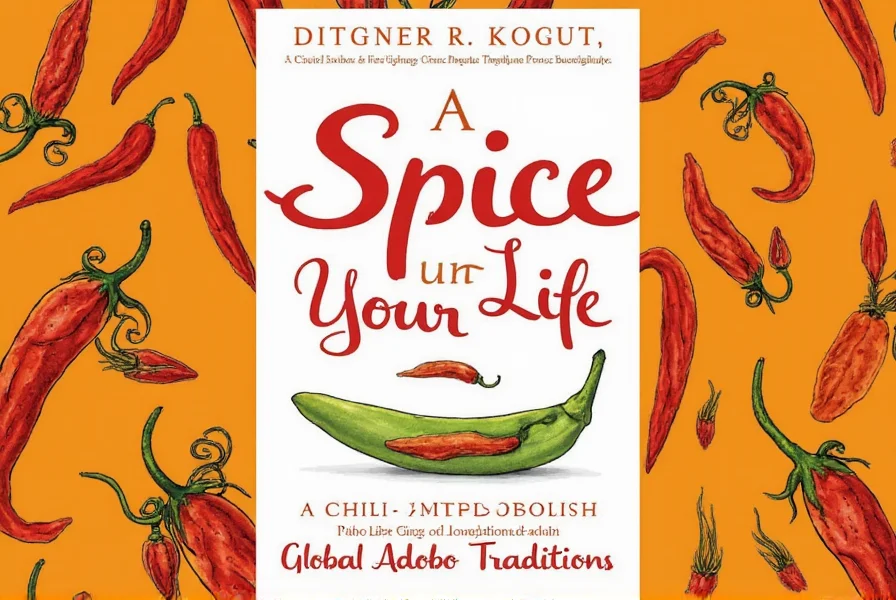
When purchasing chilies, always check for freshness, color, and texture. Avoid chilies that are brittle or discolored, as they may have lost their flavor. If possible, buy from a trusted source or specialty store to ensure quality.
Conclusion
Chili in adobo is more than just a spice—it’s a cultural expression, a flavor enhancer, and a way to connect with traditions from around the world. Whether you're making a traditional Filipino adobo, a Mexican adobo sauce, or experimenting with your own version, the chili is the heart of the dish. With the right tools, knowledge, and a little creativity, you can bring the world of global spice traditions into your kitchen.
So next time you reach for that jar of adobo seasoning, remember: the chili is what makes it sing. Whether you're a seasoned chef or a curious home cook, there’s always something new to discover in the fiery world of chili in adobo.


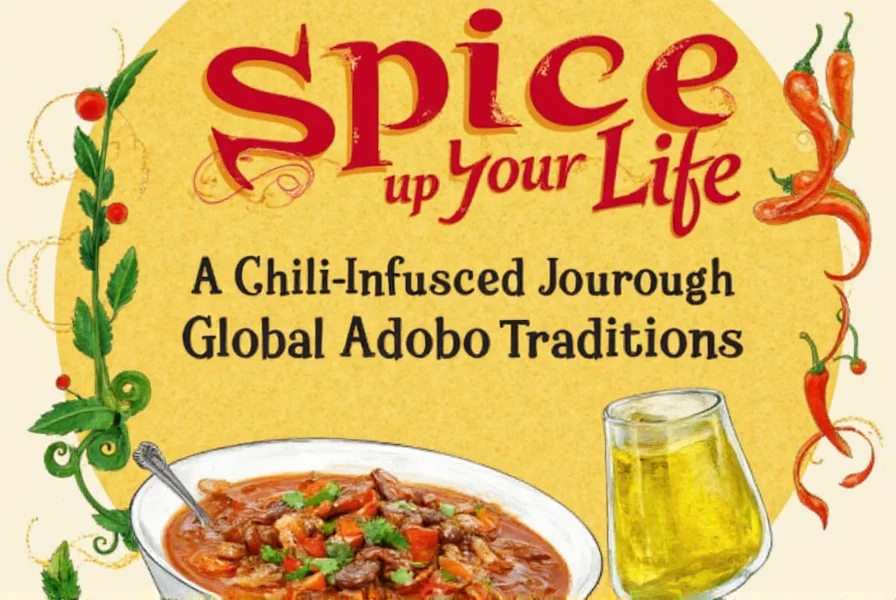









 浙公网安备
33010002000092号
浙公网安备
33010002000092号 浙B2-20120091-4
浙B2-20120091-4